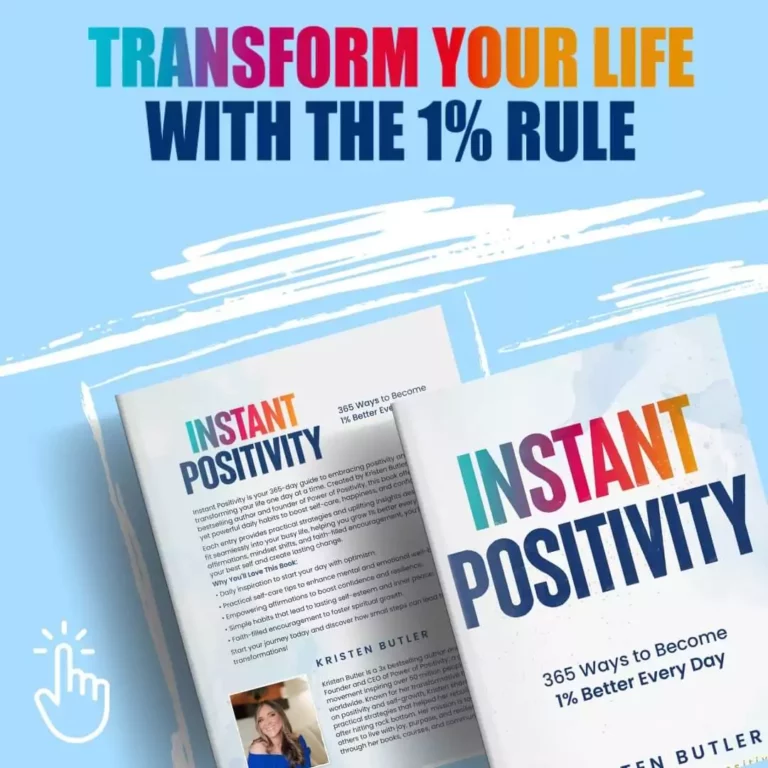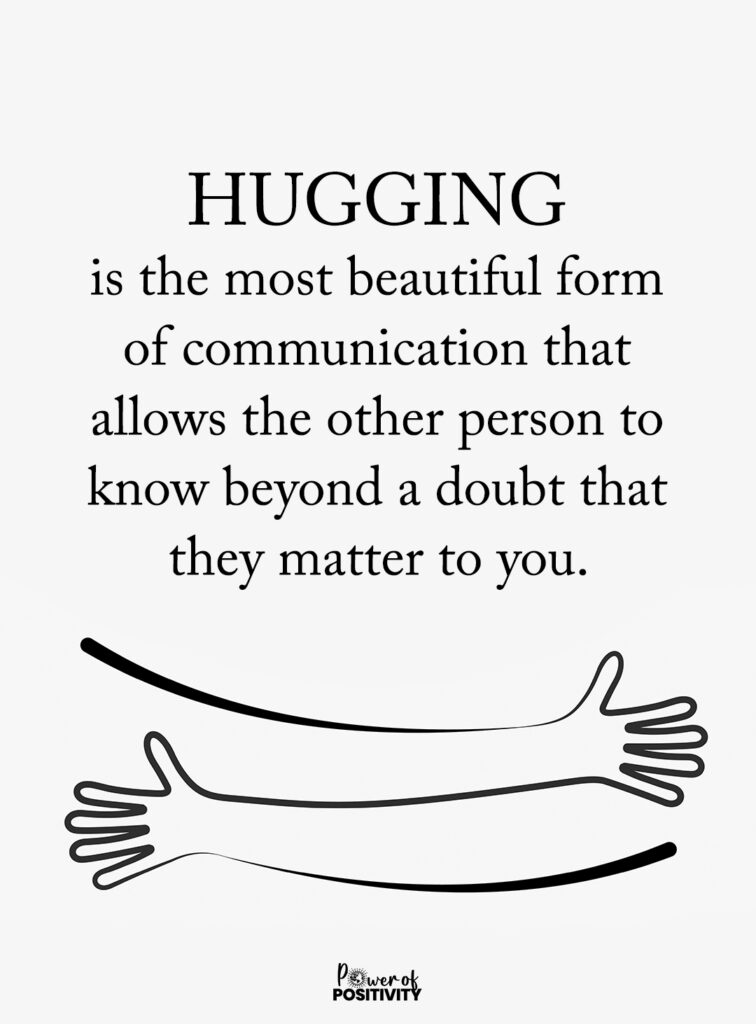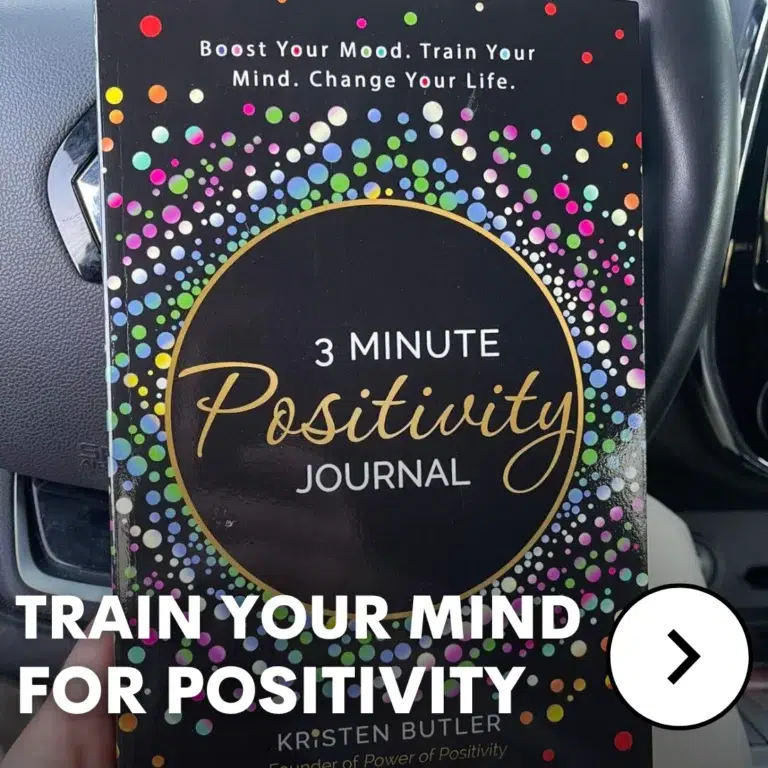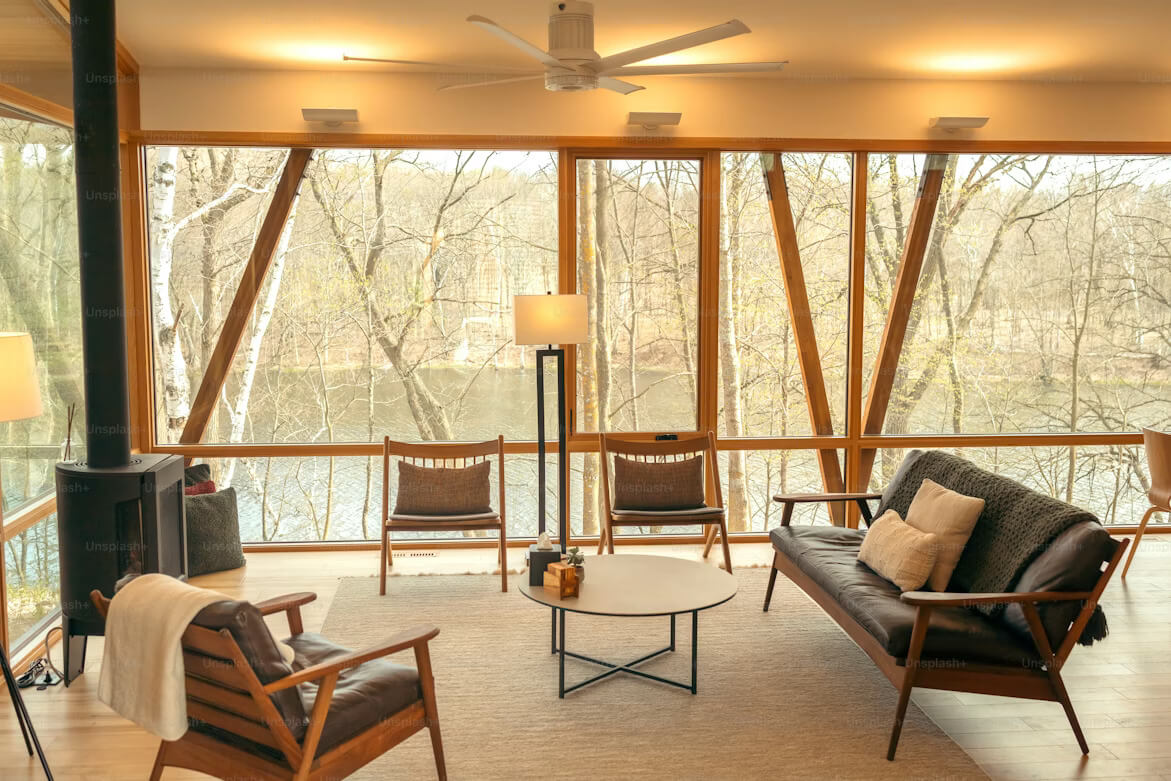Do you feel stuck in the same routine or worn out by constant pressure? Most people swing between these two states—either playing it safe or pushing too hard. The truth is, both comfort and challenge have their place. Comfort gives you stability and rest, while challenge sparks growth and progress. The problem comes when life leans too much on one side. Too much comfort can leave you feeling unmotivated. Too much challenge can cause stress and burnout.
Back in 1908, psychologists Robert Yerkes and John Dodson explained this in a simple way. Their research, now called the Yerkes–Dodson Law, showed that people do their best work when stress is at the right level—not too little, not too much.
Understanding these comfort, learning, and panic zones makes finding the balance easier. It’s the key to growing stronger while still protecting your well-being.
Understanding the Three Zones
Life often moves between three spaces: comfort, learning, and panic. Each one shapes how we grow, how we feel, and how we perform. Knowing the signs of each makes finding the balance much easier.
The Comfort Zone
This is the space that feels safe and familiar. You know the routine, the people, and the tasks. Stress is low and control is high.
- Pros: stability, confidence, and a sense of security.
- Cons: boredom, missed opportunities, and little growth.
The Learning (Growth) Zone
Here’s where growth happens. Challenges stretch your skills but still feel possible to handle. Stress rises, but in a healthy way.
- Benefits: resilience, new skills, and stronger confidence.
- Risks: without rest, the pressure builds and can lead to exhaustion.
The Panic Zone
When pressure goes beyond what you can manage, fear takes over. Instead of learning, you freeze or shut down.
- Consequences: anxiety, burnout, and poor performance.
- Why it matters: pushing too far makes progress impossible.
Balancing these zones helps you grow while protecting your well-being. The key is not avoiding challenge but knowing when enough is enough.
How Human Needs Interact with Zones
Every person has basic needs that guide behavior. Tony Robbins highlights six of them, and they connect closely to these zones:
- Certainty: comfort gives stability.
- Uncertainty/Variety: learning brings change and excitement.
- Significance: learning challenges make you feel capable and valued.
- Connection/Love: both zones provide bonds with others.
- Growth: the learning zone fuels this directly.
- Contribution: serving others often happens when you stretch beyond comfort.
The panic zone, however, undermines all six. Stress can damage relationships, harm growth, and strip away confidence. Moving between comfort and learning in healthy cycles keeps every need met. That’s where finding the balance makes the biggest difference.
Recognizing When You’re Out of Balance
Signs often show up in daily life before we notice. Pay attention to these red flags:
Signs of Staying Too Comfortable
- Lack of motivation to try new things.
- Avoiding risks or fresh opportunities.
- Feeling stuck even though life feels safe.
Signs of Living in Over-Challenge
- Constant stress or worry.
- Poor sleep, weaker focus, and fading creativity.
- Working harder but getting less done.
Spotting these signals early helps with finding the balance before comfort turns into stagnation or challenge leads to burnout.
Practical Strategies to Balance Comfort and Challenge
Leaders, professionals, and everyday people all benefit from learning how to move between these zones. Here are simple, research-backed habits to practice:
- Promote Psychological Safety
- Encourage open conversations without fear of judgment.
- Tip: set clear rules that bullying or harsh criticism won’t be allowed.
- Use Training and Mentorship
- Guidance makes tough tasks less scary.
- Tip: share your own lessons so others see that struggle is normal.
- Schedule Rest and Recovery
- Growth requires downtime.
- Tip: build in breaks for reflection or group activities to recharge.
- Celebrate Achievements
- Recognition keeps motivation alive.
- Tip: praise small wins, but make sure it feels real, not forced.
- Adapt Approaches to Individual Needs
- Everyone’s limits are different.
- Tip: adjust expectations based on each person’s skills and background.
- Provide Constructive Feedback Loops
- Regular feedback prevents pressure from piling up.
- Tip: schedule check-ins where both sides can share input.
- Lead by Example
- Showing courage inspires others.
- Tip: take on new challenges yourself so your team feels encouraged to do the same.
These behaviors build a rhythm between comfort and growth. With practice, finding the balance becomes a habit, not a struggle.
Applications Beyond Leadership
The comfort and learning zones affect more than work—they shape everyday life.
- Careers: comfort brings routine mastery, learning adds skill-building, panic causes burnout.
- Health: progress comes from steady challenge (like exercise) and proper rest; too much leads to injury, too little leads to no gains.
- Relationships: comfort builds trust, while challenge helps growth through openness and honesty.
By applying these lessons broadly, people can keep finding the balance in every area of life.
Looking Forward: Making Balance a Habit
Balance isn’t a finish line—it’s a rhythm. The comfort zone gives recovery, the learning zone drives growth, and both matter. The panic zone shows the danger of pushing too far. People who move back and forth with intention protect their health while staying motivated.
Science is clear: success doesn’t come from extremes. True progress comes from finding the balance between safety and stretch, between rest and challenge.















